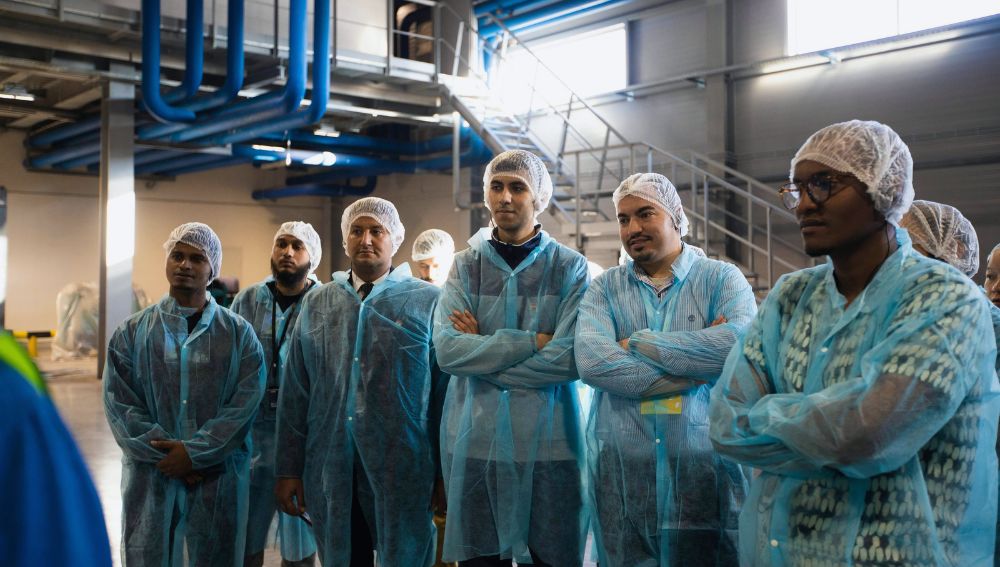Why smart manufacturers are investing in people (and seeing the ROI).
Let’s face it: finding and keeping good people is harder than ever. And for small manufacturers already tight on cash, losing a skilled worker doesn’t just sting—it hits productivity, quality, customer trust, and profitability.
So what’s the fix? Strategic employee training.
Not bloated seminars. Not check-the-box compliance courses. We’re talking focused training that directly improves financial performance and operational efficiency.
If you’re serious about long-term success, here’s how training becomes a core part of your financial strategy—not just an HR line item.
The Hidden Cost of Doing Nothing
The average cost of employee turnover in manufacturing is 1.5 to 2x the person’s salary. That includes lost output, retraining, quality issues, and recruiting time.
If your workforce feels stuck or unsupported, they’ll leave—and they’ll take critical knowledge with them.
Meanwhile, outdated skills = lower productivity, more rework, higher scrap, and slower innovation.
It’s not just a staffing issue—it’s a leadership and planning issue.
What Great Training Actually Delivers
Higher Productivity
Train workers on updated equipment or smarter workflows and watch output rise—without increasing headcount. Even a small improvement in productivity can deliver measurable financial results.
Better Product Quality
Skilled workers make fewer errors. That means reduced scrap, fewer returns, lower material costs, and better customer reviews.
Stronger Retention
People stay where they grow. Offering even modest career development signals commitment—and gives employees a reason to stick around when competitors come calling.
Proving ROI: What to Track
If you’re going to invest in training, make sure you can show its impact. Here’s how:
- Before vs. After KPIs: Track output per labor hour, scrap rate, customer complaints, and rework costs.
- Kirkpatrick Model: A proven framework for training ROI:
- Reaction (Was it useful?)
- Learning (Did they gain new skills?)
- Behavior (Are they applying it?)
- Results (Do the metrics show improvement?)
- Software Tools: Even small manufacturers can use affordable tools to connect training with production or quality metrics.
How to Make It Work (Even on a Budget)
Don’t Train Everything. Train What Hurts.
Talk to your supervisors. Where are the bottlenecks? What errors keep repeating? That’s your roadmap.
Expand What “Training” Means
- On-the-job mentoring from seasoned employees
- Microlearning modules employees can access in short bursts
- Online certifications from trade schools or industry associations
Get Help Paying for It
Explore local and state workforce development grants, community college partnerships, and training incentives offered through manufacturing organizations.
Skilled Teams Drive Profitable Growth
Companies that invest in training don’t just lower turnover. They create a workforce that moves faster, thinks smarter, and delivers higher-margin work.
So here’s the question:
Are you treating training as a strategic investment that grows your bottom line?
Or a cost you keep kicking down the road?
The manufacturers that win are building their advantage one employee at a time.
👉 Learn more at blueoakconsulting.net





